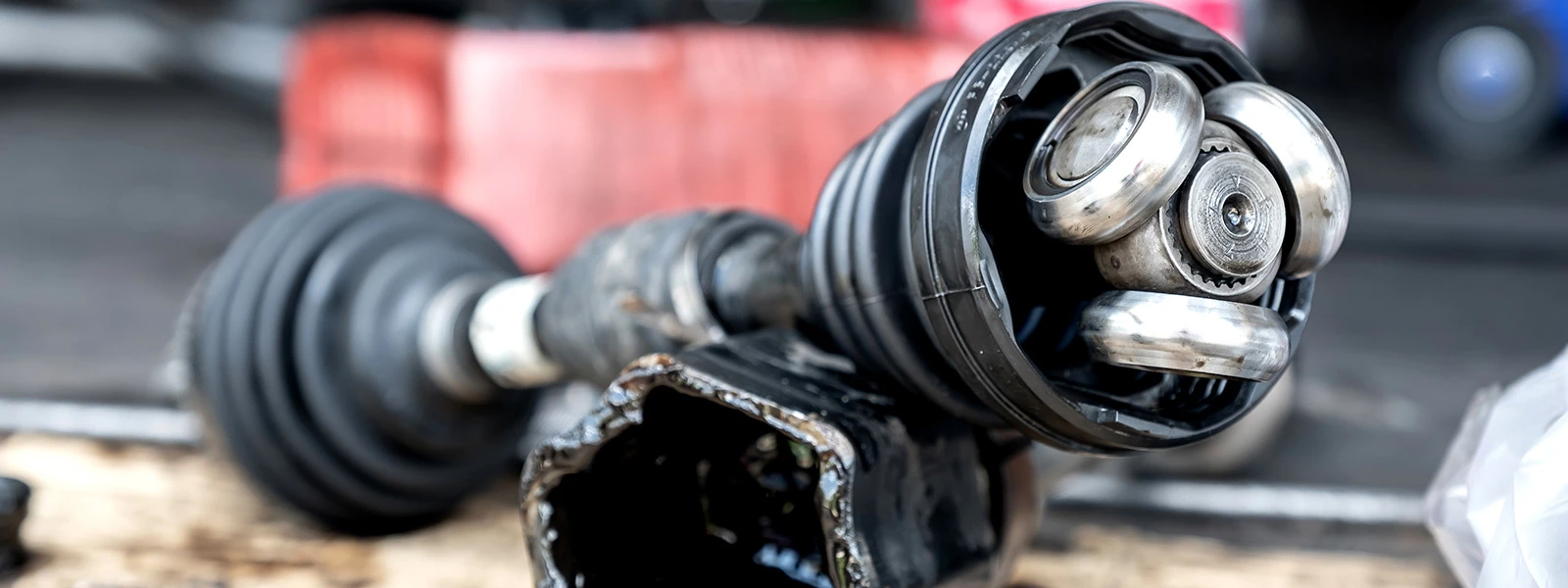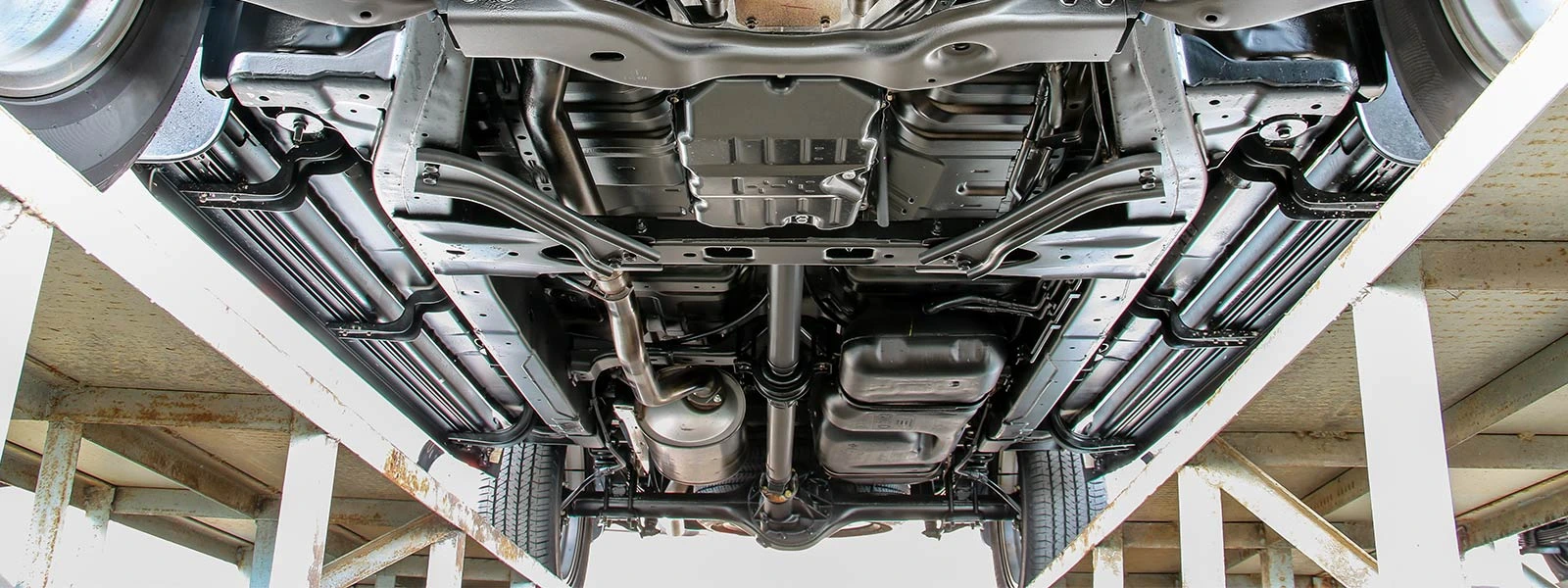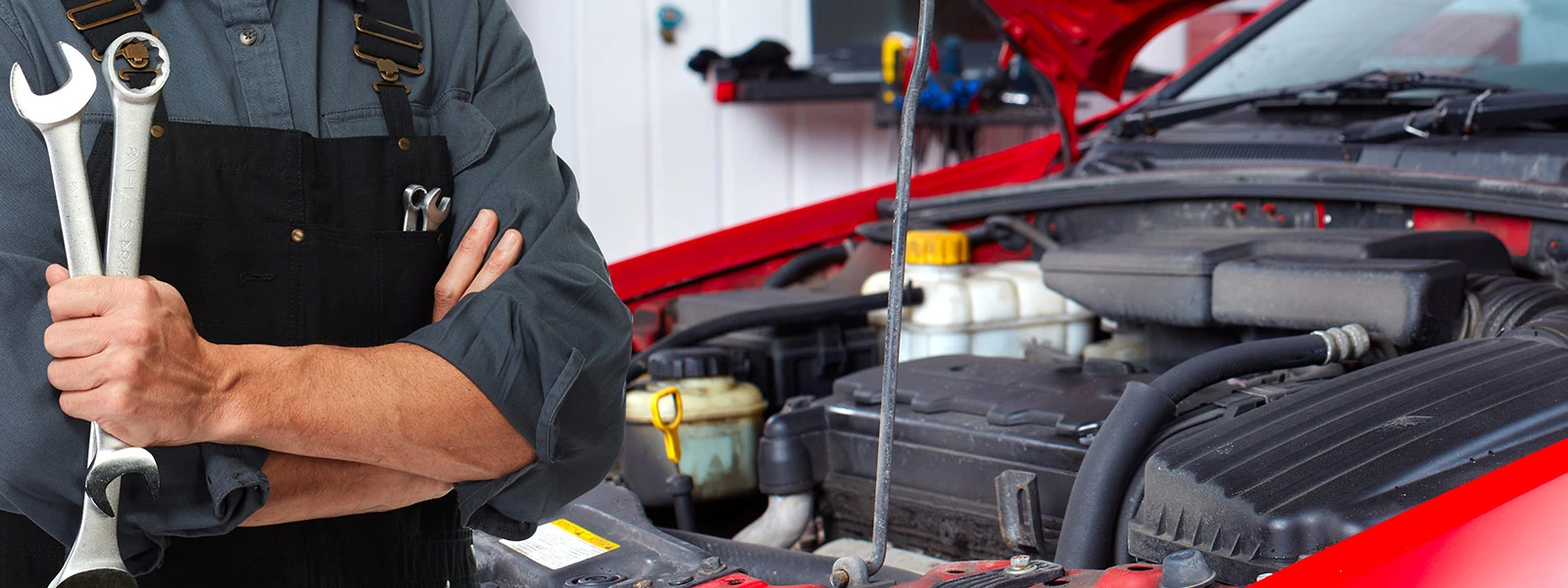How to Replace Drive Shaft

Drive shafts are used in all cars, except those with front-wheel drive, to transmit rotational force from the gearbox to the differential. A driveshaft is a long shaft of tubes, joints, and occasionally a bearing in the center. Although the driveshaft as
Drive shafts are used in all cars, except those with front-wheel drive, to transmit rotational force from the gearbox to the differential. A driveshaft is a long shaft of tubes, joints, and occasionally a bearing in the center.
Although the driveshaft as a whole rarely fails, its joints and bearings might deteriorate with time. When that occurs, it is generally always simpler to replace the driveshaft as a whole rather than the separate components. Additionally, certain drive shafts are not repairable and must be returned as an entire system.

What is Drive Shaft?
The mechanical spinning tube known as a drive shaft is used by a vehicle's transmission to transmit torque to the differential. Driveshafts twist and vibrate at high speeds, transferring a large amount of torque and load. To power your car smoothly, drive shafts must stay light in weight, robust, and vibration-free. It’s also known as a propeller shaft.
Internal splines and a universal joint are frequently found on the ends of a drive shaft that connect to the transmission and differential, respectively.
How Does Drive Shaft Work?
Drive shafts in an automobile are essential parts. Even though your engine and gearbox are the ideal partnership, nothing they do will matter if the wheels can't receive it.
Driveshafts eventually break down since they are required to handle potentially enormous quantities of torque. Splines can shear off gradually or quickly, and if you strike something extremely harsh, you might even bend one.
If any of those things occur, you'll need to either leave the car and tow it home, or if it's still driveable, take care of it as soon as possible.
A home mechanic can change a drive shaft without hesitation because it is a straightforward procedure.

Can Transmission be Effected by a Faulty Drive Shaft?
Drive shafts are a crucial component of the drivetrain, and any problems with them can significantly impair the vehicle's ability to be driven. They may be challenging to reach and service on your own because they are connected to the transmission and located underneath the car. So drive shaft replacement is necessary if it is faulty.
Signs of Drive Shaft Failure
In the early phases of failure, a faulty driveshaft can occasionally be very challenging to identify, but driveshaft failure that is about to occur should be more precise. When identifying drive shaft issues, keep an eye and ear out for the following symptoms:
· Vibrations
Does the driver's seat feel the shaking more so than the steering wheel, or is it more of a seat-of-your-pants situation where the shaking is handled through the driver's seat? A revolution that has lost its balance is frequently the source of vibrations, but it can also indicate a drive shaft issue.
· Clunking
Do you hear a clunking sound when your car is accelerating? What happens when you switch the car to drive or even reverse?
Anytime you experience clunking noises, it may be a sign that your drive shaft needs to be inspected right away. This is frequently a sign of a poor slip-yoke.
· Trembling as you Accelerate
This peculiar symptom indicates a problem with a universal joint or bearing. It can happen if you start moving off from a stop or at a slow speed.
The grease will leak out, and grit and filth will enter if the rubber gaiters (shown below) holding the oil get broken.

· Turning Problem
If you attempt to turn your car, your drive shaft is damaged, and the wheels don't turn right away or slowly. As you try to make a turn, you will be able to feel the tires' considerable resistance.
Consider checking the power steering pump if turning the steering wheel is just brutal.
· U-Joint Movement
It's a drive shaft issue if the universal joint on the drive shaft rotates quickly or doesn't rotate at all. The bearings' cap seals may rust. You cannot run your car in this state. This situation will irritate you, so your drive shaft will need to be replaced.
Tools/Equipment Require for Drive Shaft Replacement
Depending on your vehicle type, different tools may be required for a drive shaft replacement. But generally speaking, you'll require some tool or equipment:
- Chassis lubricant
- Catch pan for fluids
- Set of ratchets and sockets
- Security lenses
- Ratchet wrench
- A wheel chock
- Black Out (also known as Liquid Paper)
- toolset
Step-by-Step Process of Drive Shaft Replacement
Before we go over the many processes for drive shaft replacement, you must be at ease performing the task. You never want to deal with any troubles that arise from a driveshaft replacement issue.
The majority of automotive specialists said that the first category of DIYs does not function. Therefore, it might not be worth risking your current or expensive vehicle and drive shaft replacement yourself if you have never done it.
1. Jack the Car up
Get the car jacked up and placed on axle stands because you can't accomplish anything with it resting on the ground. The supports are not just necessary for safety in this situation; you also need the wheels to be in the air; ramps are useless.
2. Label the Drive Shaft and Unbolt It
Obtaining an accurate estimate of the drive shaft is required before starting the process to understand how to remove it. Positioning the drive shaft correctly, doing so will prevent driveline vibrations. Once the place has been marked, remove the post by removing the projection mounting bolts as well. Lock tights may be placed on some bolts to prevent them from falling loose while being utilized. Therefore, carefully remove each bolt.
3. Find Driveshaft Flange and Remove it.
The next step is to shock the driveshaft with a plastic hammer to remove the flange after the tight bolts have been removed.
In some vehicles, you might need to take out the shaft before removing the center support. Particularly in longer cars, this support is in charge of holding and supporting the middle portion of the driveshaft to prevent bending.
4. Remove the Drive Shaft Slowly
The driveshaft can be removed once everything has been disconnected. To prevent damaging any of the nearby components, be cautious about pulling the driveshaft out as gently as possible.
After removing the driveshaft, you can have fluid leaks in specific circumstances. Maintain an empty bucket close by to prevent spills from reaching the neighboring sediment, which could harm the ecosystem.
5. Drive Shaft and Other Parts Should Be Reinstalled
Drive shaft replacement needs to be installed again as the final step, but first, oil the yoke to ensure good operation. Put the drive shaft in the designated position with caution. Likewise, reinstall the flange bolts. Make sure that everything is in the selected location to complete the installation. This is how to gently and precisely remove a drive shaft.
6. Take your Car for a Test Drive
Your job should be finished now, and you should take your car for a test drive. You should no longer experience any driveshaft-related symptoms as a result of the proper installation of the component.
However, if you observe unusual behaviors after drive shaft replacement, it may indicate that you made a mistake or that there is additional damage near it. At this point, consulting a qualified technician and having him finish or correct the job you've done is the wisest course of action.
How much Cost is required for Drive Shaft Replacement?
Drive shafts that have split into two parts are irreparable. However, a joint or another component that interacts with drive shaft replacement is frequently to blame for issues.
If you discover this to be the case, a repair is frequently possible. These fixes typically cost far less and take roughly the same time as a drive train overhaul.
For instance, a center-bearing replacement's components and labor will cost you about $300. This holds even when replacing a U-joint.
Is Drive Shaft Replacement a hard Procedure?
Drive shafts are indeed quite significant. Drive shaft replacement is a straightforward procedure that even a novice home mechanic can complete.
Can you continue a Faulty Drive Shaft without Replacing it?
Can you proceed without drive shaft replacement? The short answer is no; you can't keep driving this way for very long.
Driving in this manner is still doable, but you will continuously have to deal with the symptoms, such as vibrations and strange noises while going.
Conclusion
We have discussed many topics related to driving shaft replacement in this article. First, we gained knowledge of what a drive shaft is and its significance. Then, we discussed the most frequent reasons for driveshaft failure. Finally, we concentrated on drive shaft replacement. This article will be helpful for you in all aspects of drive shaft replacement.














